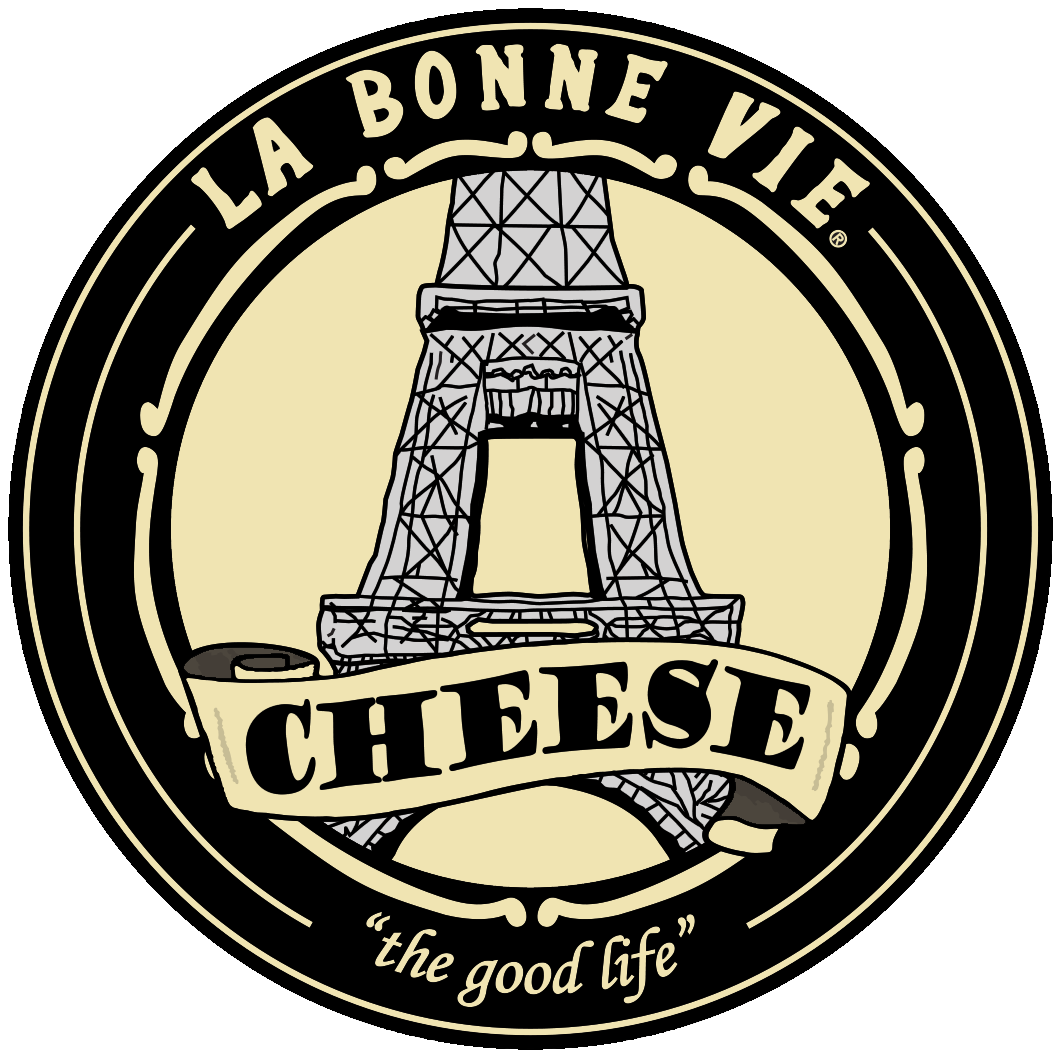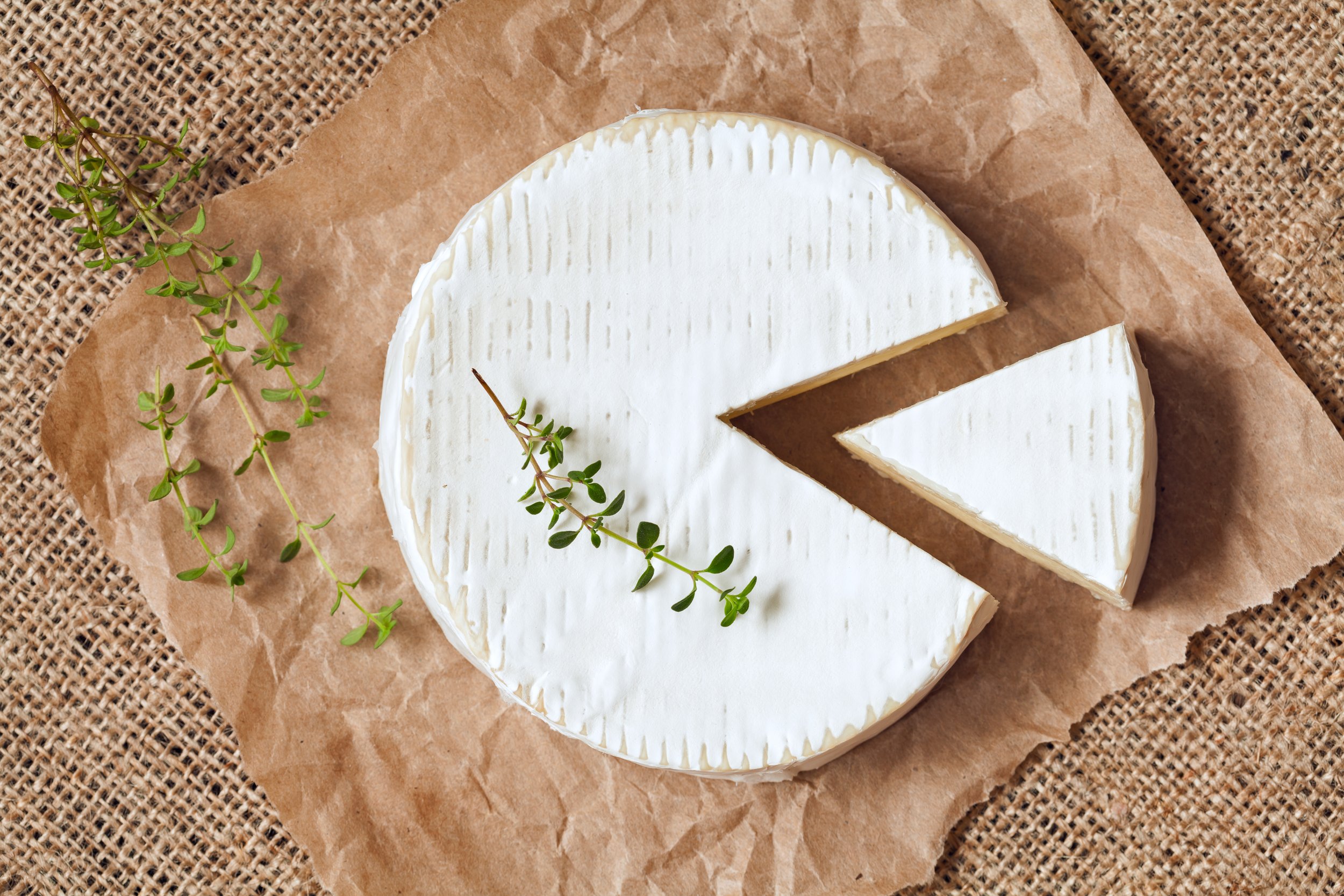The Creamy Delight: Double vs Triple Crème Brie
When it comes to soft cheeses, Brie is a reigning champion, beloved by cheese enthusiasts and foodies alike. Its buttery, rich flavor and creamy texture have made it a staple on cheese boards and in sophisticated dishes worldwide. However, within the realm of Brie lies a luscious distinction not everyone is familiar with – the difference between double crème and triple crème Brie. Grab a seat and possibly your favorite cracker as we melt into the world of these two sumptuous cheeses.
Before we explore the differences, it's important to know what defines Brie. This cheese originated in the French region that bears its name, and traditionally, it’s made from cow's milk. It has a pale, edible rind usually covered in a white mold, which is known to impart distinct earthy flavors. The inside, called the "paste," is creamy, soft, and can range from mild to deeply savory.
Double Crème Brie
The term “double crème” signifies the amount of butterfat present in the cheese. Double crème cheeses have a butterfat content of between 60-75% in the dry matter, which means after the moisture is removed, what's left is the fatty, solid content.
Double crème Brie, therefore, is richer than a single crème Brie but not as decadently fatty as a triple crème variant. It offers a balanced richness that indulges the palate without overwhelming it. The texture is dense yet spreadable, and the flavor is typically mild, creamy, and slightly nutty, making it a versatile choice for a variety of pairings.
Triple Crème Brie
Triple crème Brie takes indulgence a step further. To qualify as triple crème, a cheese must have a butterfat content of at least 75% in the dry matter. Achieved by adding cream to the milk during production, this results in an even richer, more luxurious cheese.
With its incredible buttery and velvety texture, triple crème Brie is like the creamiest cheesecake you can imagine, but in a cheese form. The high-fat content imparts a smooth, melt-in-your-mouth feel that is totally irresistible. It's often milder and less “cheesy” than double crème, allowing the pure, sweet, and slightly tangy creaminess to dominate.
Both variations of Brie are fantastic companions to a variety of foods and drinks. For double crème Brie, consider pairing with fruits like grapes or figs, nuts, and a glass of champagne or a fruity white wine. This will complement its rich texture and nuanced flavors without overpowering them.
For the triple crème version, since it is milder, support the flavors with light crackers or bread, and perhaps a drizzle of honey or a light fruit preserve. Pair it with a stronger drink like a bold red wine or even a stout beer to offer contrast that dances delightfully on the taste buds.
Whether you’re in the mood for the satisfying richness of a double crème Brie or the sumptuous delight of a triple crème, you’re sure to enjoy a gastronomic experience that is both refined and indulgent. Understanding the differences between them makes selecting the perfect cheese for your occasion that much easier, and impressing fellow cheese lovers that much more certain.
Remember, the best way to truly appreciate the nuances between double and triple crème Brie is by tasting them. Visit your local cheese shop, indulge in both varieties, and decide for yourself which level of creaminess you adore most. Your charcuterie board or that impromptu snack just might elevate into an exploration of creamy cheese excellence!
Keep savoring the cheese moments, and don’t forget to share them. After all, the joy of cheese is multiplied when spread around, just like the luscious paste of a perfectly ripe Brie on a warm piece of crusty baguette. Bon appétit!



